State Performance Plan 2005-2012 - Part B - Arkansas Department Of Education Page 148
ADVERTISEMENT
 1
1  2
2  3
3  4
4  5
5  6
6  7
7  8
8  9
9  10
10  11
11  12
12  13
13  14
14  15
15  16
16  17
17  18
18  19
19  20
20  21
21  22
22  23
23  24
24  25
25  26
26  27
27  28
28  29
29  30
30  31
31  32
32  33
33  34
34  35
35  36
36  37
37  38
38  39
39  40
40  41
41  42
42  43
43  44
44  45
45  46
46  47
47  48
48  49
49  50
50  51
51  52
52  53
53  54
54  55
55  56
56  57
57  58
58  59
59  60
60  61
61  62
62  63
63  64
64  65
65  66
66  67
67  68
68  69
69  70
70  71
71  72
72  73
73  74
74  75
75  76
76  77
77  78
78  79
79  80
80  81
81  82
82  83
83  84
84  85
85  86
86  87
87  88
88  89
89  90
90  91
91  92
92  93
93  94
94  95
95  96
96  97
97  98
98  99
99  100
100  101
101  102
102  103
103  104
104  105
105  106
106  107
107  108
108  109
109  110
110  111
111  112
112  113
113  114
114  115
115  116
116  117
117  118
118  119
119  120
120  121
121  122
122  123
123  124
124  125
125  126
126  127
127  128
128  129
129  130
130  131
131  132
132  133
133  134
134  135
135  136
136  137
137  138
138  139
139  140
140  141
141  142
142  143
143  144
144  145
145  146
146  147
147  148
148  149
149  150
150  151
151  152
152  153
153  154
154  155
155  156
156  157
157 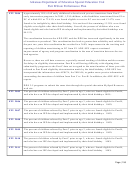 158
158  159
159  160
160  161
161  162
162  163
163 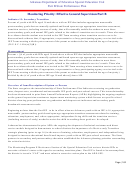 164
164  165
165  166
166  167
167  168
168 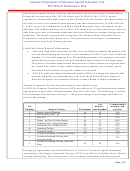 169
169  170
170  171
171  172
172  173
173  174
174  175
175  176
176 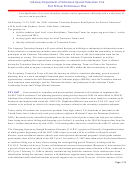 177
177  178
178  179
179  180
180  181
181  182
182  183
183  184
184 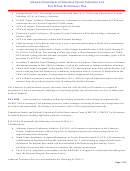 185
185  186
186  187
187  188
188  189
189  190
190  191
191  192
192 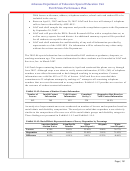 193
193  194
194  195
195 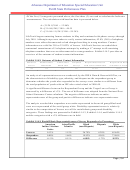 196
196  197
197 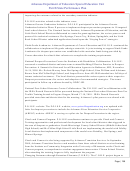 198
198  199
199  200
200  201
201  202
202  203
203  204
204 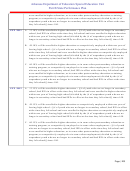 205
205  206
206  207
207  208
208  209
209  210
210  211
211  212
212  213
213  214
214  215
215  216
216  217
217  218
218  219
219  220
220  221
221  222
222  223
223  224
224  225
225  226
226  227
227  228
228 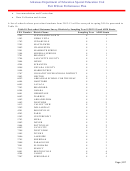 229
229  230
230  231
231  232
232  233
233  234
234  235
235  236
236  237
237  238
238  239
239 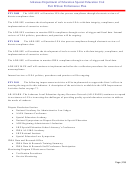 240
240 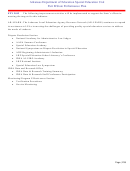 241
241 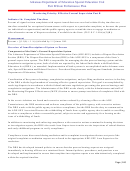 242
242  243
243  244
244  245
245  246
246  247
247  248
248  249
249  250
250  251
251  252
252  253
253  254
254  255
255 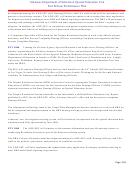 256
256  257
257  258
258  259
259  260
260  261
261  262
262  263
263  264
264 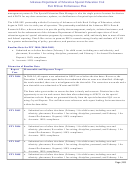 265
265  266
266  267
267  268
268  269
269  270
270  271
271  272
272 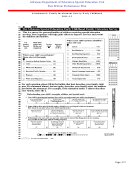 273
273  274
274 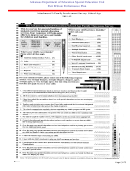 275
275  276
276 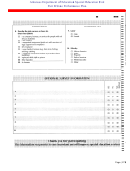 277
277 Arkansas Department of Education Special Education Unit
Part B State Performance Plan
transferred to another program, and evaluators failed to submit reports in a timely manner.
Additionally, 93.21% of early childhood students with parent consent to evaluate were
evaluated within the 60-day timeline. Similarly, 90.53% of school age students with parent
consent to evaluate were evaluated within the 60-day timeline.
As part of the monitoring procedures, the M/PE Section of the Special Education Unit (SEU)
conducts file audits to ascertain if local districts are meeting timelines. Districts found failing
to meet timelines are given a noncompliance CAP requiring a corrective action plan to be
submitted. The SEA supervisor assigned to the local district assists in the development of the
action plan. The AMI™ software developed in 2005-06, and being fully implemented in 2006-
07, will provide the M/PE Section the means to monitor electronically school age student
IEPs. Early childhood monitoring of due process timelines can also be conducted
electronically, with consent from the program, through the SEASWeb early childhood IEP
application developed as part of the Arkansas General Supervision Enhancement Grant
(GSEG).
In reporting this indicator, Arkansas chose not to use monitoring data in 2005-06; instead, the
referral tracking application was implemented as part of the special education module in
APSCN. Training was held in August 2005 via a series of web teleconferences for the LEAs.
Year one of the data collection created challenges for the LEAs and for data management
with additional business logic being added to increase the accuracy of the data. Future
activities surrounding the data collection will include 1) updating the referral tracking
application to include reasons for the delays in evaluation, and 2) annual training with the
LEAs.
Since Indicator 11 was a new indicator in 2005-06, Arkansas did not expect to hit the 100%
compliance target for the first year of data collection. During the process of analyzing the
data, unforeseen yet logical data entry problems became apparent. To address said problems,
additional business logic guidelines will be built into the APSCN and MySped Resource
programming. These will be implemented to limit data errors encountered during the 2005-06
data collection period, which included incomplete data sets, conflicting dates, incorrect
reporting of a child’s placement within a special education program, and/or other such data
entry errors.
With the implementation of the new business logic programming, the percent of students
meeting the evaluation timeline should see an increase in the 2006-07 school year. With
improved and more strictly guided data entry, the percentage of districts meeting the
Indicator 11 compliance should steadily increase until the 100% compliance target is met.
One of the State Improvement Grant (SIG) targets for 2005-2006 was to reduce special
education referrals. Both Cohort I (began SIG activities in 2004-2005) and Cohort II (began
SIG activities in 2005-2006) show a marked decrease in the number of referrals for special
education evaluation.
Additionally, the Arkansas IDEA Data & Research Office undertook a study and analyzed
data gathered for this indicator, by school age and early childhood, to ascertain if there is a
Page | 146
ADVERTISEMENT
0 votes
Related Articles
Related forms
Related Categories
Parent category: Legal









